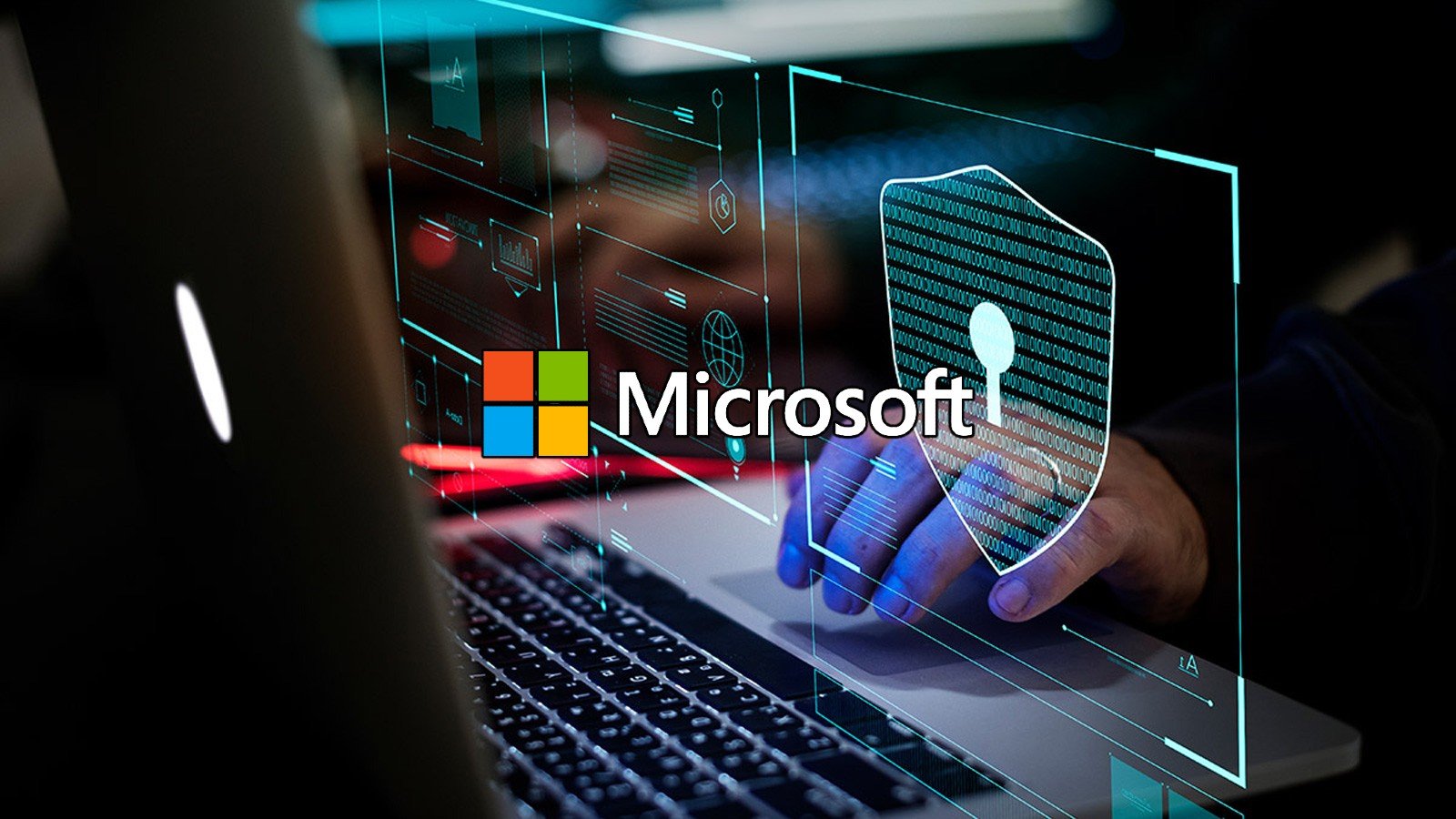Why Admins Must Enable Multi-Factor Authentication (MFA) and How a GRC Tool Like Risk Cognizance Can Enhance Compliance
On Thursday, security experts issued a crucial warning to admins: enable Multi-Factor Authentication (MFA) now. With cyber threats on the rise, ensuring robust security measures is more important than ever. In this blog post, we’ll explore why MFA is essential for compliance, the risks of neglecting it, and how a Governance, Risk, and Compliance (GRC) tool like Risk Cognizance can help organizations manage these challenges effectively.
Why Multi-Factor Authentication (MFA) Is Crucial
Multi-Factor Authentication (MFA) adds an additional layer of security beyond traditional username and password methods. By requiring users to provide two or more verification factors—such as a password and a one-time code sent to their mobile device—MFA significantly reduces the risk of unauthorized access. Here’s why enabling MFA is vital:
Enhanced Security: MFA provides an extra defense against hacking attempts. Even if a password is compromised, unauthorized users still need the second factor to gain access.
Regulatory Compliance: Many regulatory frameworks, including GDPR, HIPAA, and PCI-DSS, mandate MFA to protect sensitive data. Failing to comply with these regulations can lead to hefty fines and legal issues.
Reduced Risk of Data Breaches: With MFA in place, organizations are better protected from phishing attacks and other common threats that exploit weak authentication methods.
The Importance of Compliance
Compliance with security standards and regulations is not just a legal obligation; it’s a critical aspect of protecting your organization’s reputation and financial health. Non-compliance can result in:
- Financial Penalties: Regulatory bodies impose fines for non-compliance, which can be substantial and impact your bottom line.
- Reputation Damage: Security breaches and compliance failures can erode customer trust and harm your organization’s reputation.
- Operational Disruption: Non-compliance often leads to operational disruptions and additional costs to rectify security gaps.
How Risk Cognizance Can Help
Implementing MFA is just one part of a broader compliance strategy. To streamline and manage compliance efforts, a GRC (Governance, Risk, and Compliance) tool like Risk Cognizance can be invaluable. Here’s how it can benefit your organization:
Centralized Compliance Management: Risk Cognizance provides a centralized platform to manage and monitor compliance requirements, making it easier to ensure that MFA and other security measures are properly implemented.
Automated Risk Assessments: The tool automates risk assessments and identifies vulnerabilities, allowing admins to address potential compliance gaps before they become critical issues.
Real-Time Monitoring and Reporting: With Risk Cognizance, organizations can monitor their security posture in real time and generate detailed reports to demonstrate compliance and track improvements.
Enhanced Decision-Making: By integrating data from various sources, Risk Cognizance helps decision-makers understand the broader risk landscape and make informed choices to strengthen security and compliance.
Conclusion
Enabling Multi-Factor Authentication (MFA) is a critical step in enhancing your organization's security and maintaining regulatory compliance. Alongside MFA, leveraging a GRC tool like Risk Cognizance can provide comprehensive support in managing compliance, assessing risks, and ensuring robust security measures. Don’t wait—take action now to protect your organization and meet your compliance obligations effectively.

